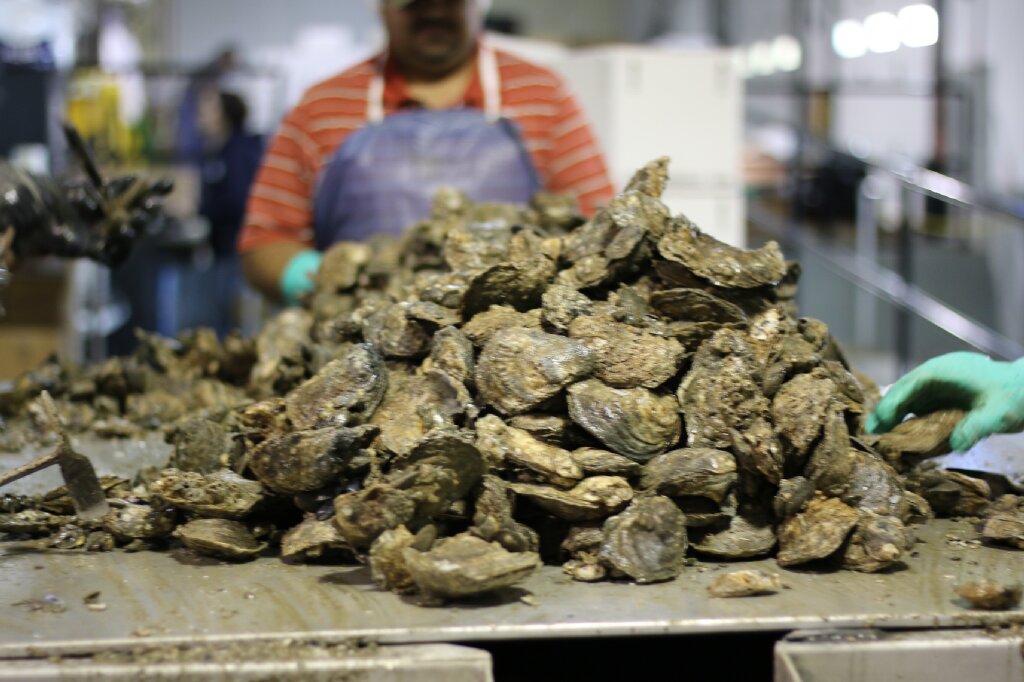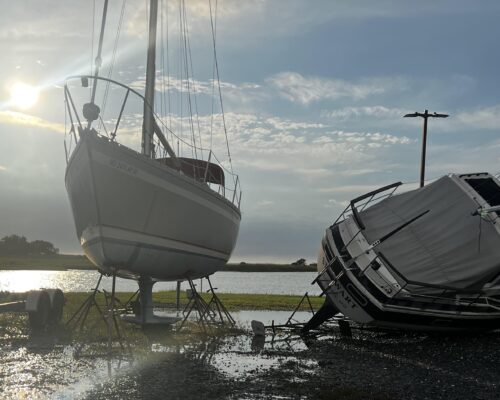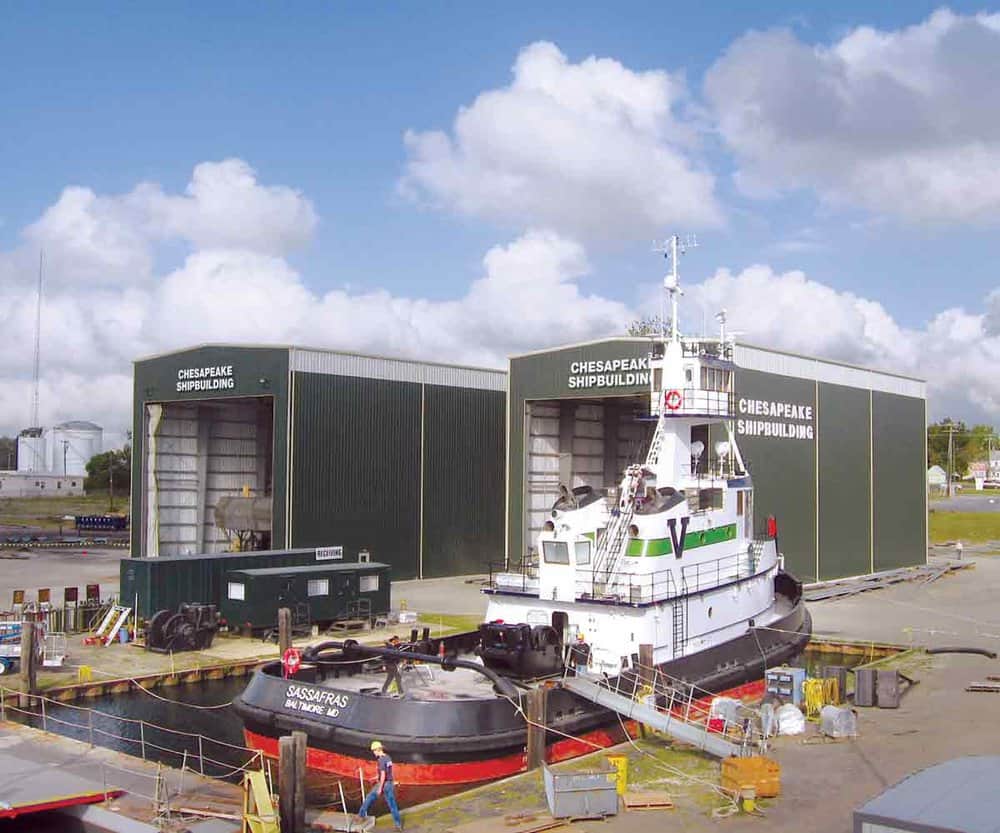As Bay seafood lovers slurp oysters this holiday season, the Commonwealth of Virginia announces it was the top oyster producer on the East Coast this most recent season.
Virginia watermen and oyster eaters in the 2022-2023 season enjoyed the strongest harvest in 35 years, at more than 700,000 bushels.
The 2023-2024 season is shaping up to be another strong one. Capt. Allen Parks reports from Tangier that he and his fellow Islanders are catching their limits from public harvest grounds in Tangier Sound by mid-morning to sell to the Northern Neck’s Bevans Oyster Company and Cowart Seafood Corp. Capt. Jerry Pruitt and his classic buyboat, Delvin K., gather their catch each day, pay them, and run the oysters across the Bay to Reedville for delivery in a business pattern that harkens back more than a century—this is their 18th season serving the island’s watermen.
A week ago on a visit to Smithfield, we saw several dozen James River watermen returning from the river’s legendary public “rocks” and bottom leases to their slips in Jones Creek in Rescue, Virginia. Capt. Tommy Leggett at York River Oysters and Capt. Danny Crabbe at Fat ‘n Happy Oyster Company on the Little Wicomico are busy making the rounds delivering their aquaculture oysters to loyal customers.
Twenty years ago, this level of activity would have seemed like a fairy tale. Between the 1950s and the 1980s, two invasive disease organisms decimated the Chesapeake’s reefs of our native Eastern oysters. Harvests began a dispiriting decline that reached its nadir in 2004, with the combined catch of Virginia and Maryland less than 50,000 bushels. It’s difficult to overstate how devastating this descent became for watermen’s communities, stripping from them their primary source of winter income.
During this time (1995-2007), there was great pressure to introduce a species of Asian oyster to the Chesapeake. However, broad partnerships developed in scientific research that included not only the Bay’s laboratories (especially the Virginia Institute of Marine Science) but also some watermen, government agencies, conservation nonprofits, and oyster-loving private citizens. Together, they began to create off-bottom and floating culture systems that grew our native oysters quickly enough to reach harvest size before the diseases could kill them.
Virginia has a substantial, century-long tradition of leasing some bottom areas to watermen for planting shell and “seed” (young) oysters for harvest after several years of growth. Maryland, on the other hand, had concentrated far more—until recently—on public harvest.
With the new culture techniques showing promise in the late 1990s, many Virginia commercial operators began experimenting with oyster farms for public consumption, while individual families began “gardening” oysters from their docks at home. All of these factors helped raise public interest in oysters, creating an atmosphere ripe for revival of holiday oyster-eating as well as both public and private restoration programs for all of the ecological benefits that the Eastern oyster’s three-dimensional reefs offers to our Bay and its rivers.
Mother Nature helped as well, with native oysters beginning to develop genetic tolerance for the diseases, first in the Rappahannock and then gradually elsewhere. Virginia invested significantly to complement that trend. The Marine Resources Commission built a vigorous Conservation and Replenishment Program that helped to restore public harvest areas and developed a system of rotational management to allow harvest areas to lie fallow for a period of several years after being fished. Both programs have helped greatly in revival of Virginia’s public fishery.
Now, Virginia aquaculture has exploded, with both large-scale investments by companies and development of small-scale operations. In fact, the Virginia Aquaculture Oyster Growers (part of the Virginia Marine Products Board) now list no fewer than 75 individual operations in the waters of the Commonwealth. The 2023 holiday message is clear: enjoy this icon of the Chesapeake raw, roasted, fried, stewed, and any other way you like, but also get involved to help this restoration miracle to continue.




